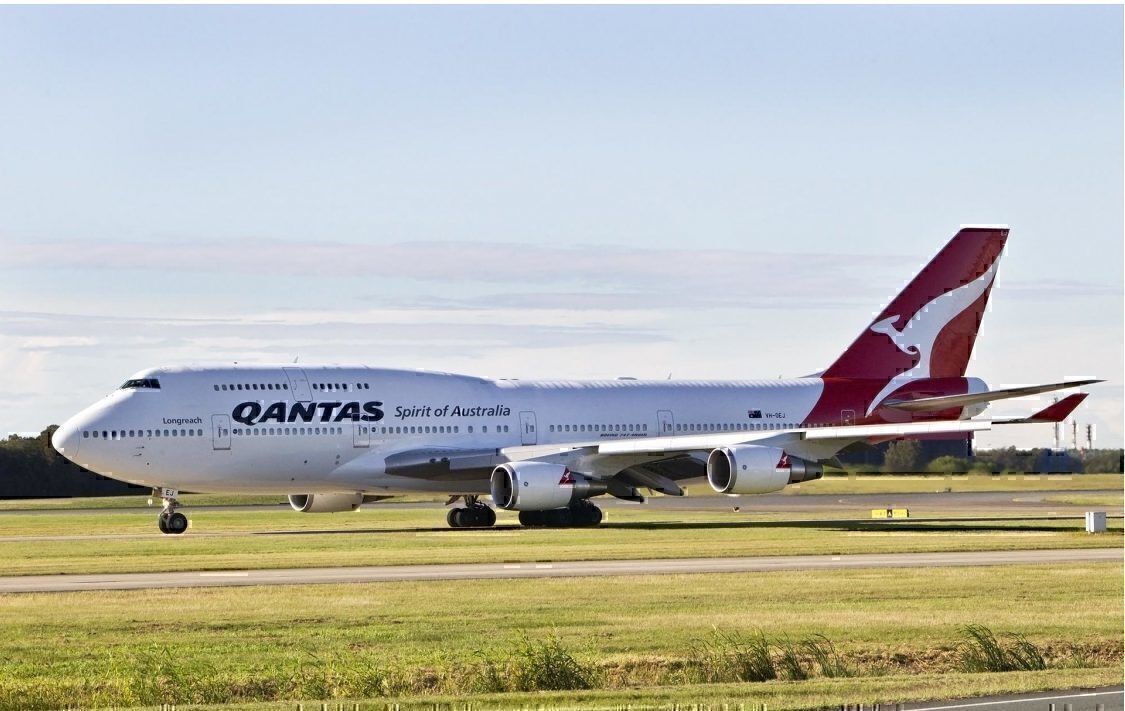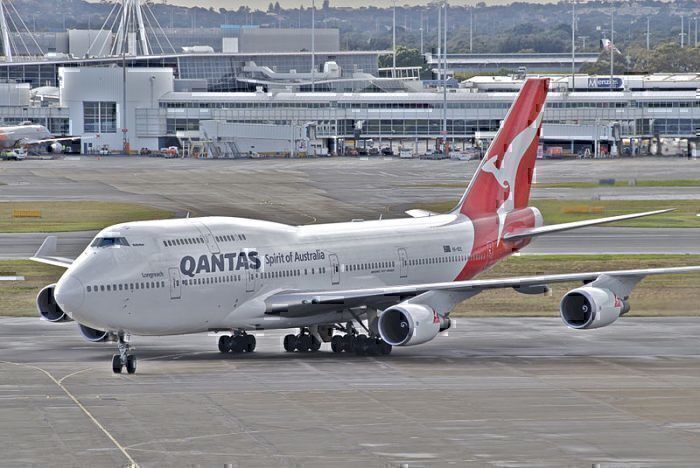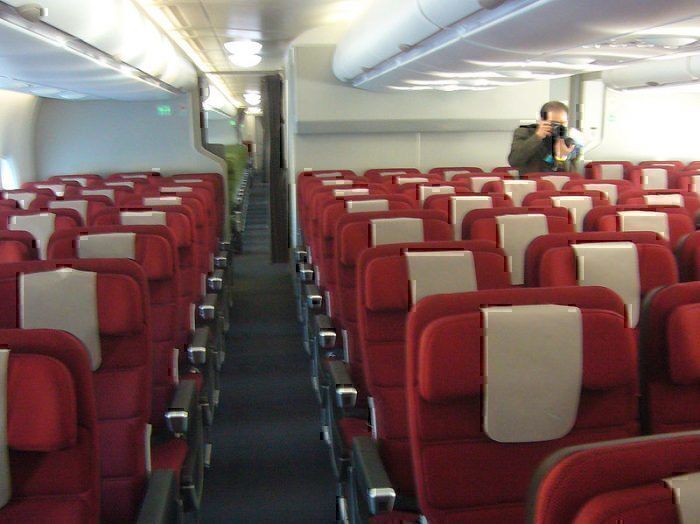With two flights to Wuhan completed, Qantas has turned its attention to a deep clean of the 747-400 aircraft used in the evacuation flights.
The airline has detailed the cleaning procedures as it moves to re-assure passengers that the aircraft used, VH-OEE, is good to fly on.
One aircraft operates both trips
VH-OEE made its first trip to Wuhan on 3 February 2020 before returning to Sydney for a deep clean. It then operated a scheduled service to Haneda and back before setting off on the second rescue flight at the weekend.
The second flight dropped its 266 passengers in Darwin before heading down to Sydney as a ghost flight. VH-OEE is now undergoing its second deep clean.
No simple spray and wipe job
As reported in the Daily Mail, this is no simple spray and wipe job.
Qantas is going to extreme measures to eradicate the risk of coronavirus. Normally items like blankets, pillows and headphones are cleaned and re-used. Not this time. These items are being destroyed.
The cabin itself is being cleaned with hospital disinfectants. A Qantas spokesperson said;
"The entire aircraft cabin was sprayed twice with hospital-grade disinfectant which kills the coronavirus.
"This includes all seats, floors, armrests, tray tables, overhead luggage bins and walls."
According to The Australian newspaper, specialist cleaners would be removing any item from VH-OEE that "wasn't bolted down." Qantas says the cleaning of VH-OEE is more thorough than the post-SARS clean in 2003.
In an interview last week, Qantas CEO, Alan Joyce, said about the cleaning process;
" ... So the aircraft when it gets back in, it will fly back to Sydney and it then goes through two to three days of what we call deep cleaning where there is a specialist team that gets on the aircraft, even the cushions and every seat are taken off and cleaned. So it’s quite extensive and we believe more than meets the needs to make sure the aircraft is safe going forward."
HEPA filters also replaced
Alan Joyce also spoke about how efficient HEPA filters on modern aircraft are when it comes to eliminating viruses. He said;
"The aircraft have these medical-grade filters on them that actually eliminates 99% of particles, including viruses. An A380, for example, has 20 of these filters. It’s a lot safer and a lot cleaner than being in a restaurant or office and the air is re-circulated, new air is put in every five minutes into the cabin."
As a rule, these filters get replaced about every ten months, but Qantas has changed the filters after each evacuation flight.
The risk lies with more ordinary items
To date, no passengers on the two Qantas flights have been diagnosed with coronavirus. While filters and air conditioning systems may generate the most public interest, it is the more mundane items that pose the most risk.
The dirtiest items on aircraft are seatbelts, tray tables, washroom handles, seat pockets and headrests. It is these surfaces and touchpoints specialist cleaning staff will be focusing on. A deep clean and disinfection process will see VH-OEE left in a clean state and good to fly.
At the time of writing, VH-OEE remains on the ground in Sydney undergoing its second deep clean. We should see it back in the air in the next day or so.



